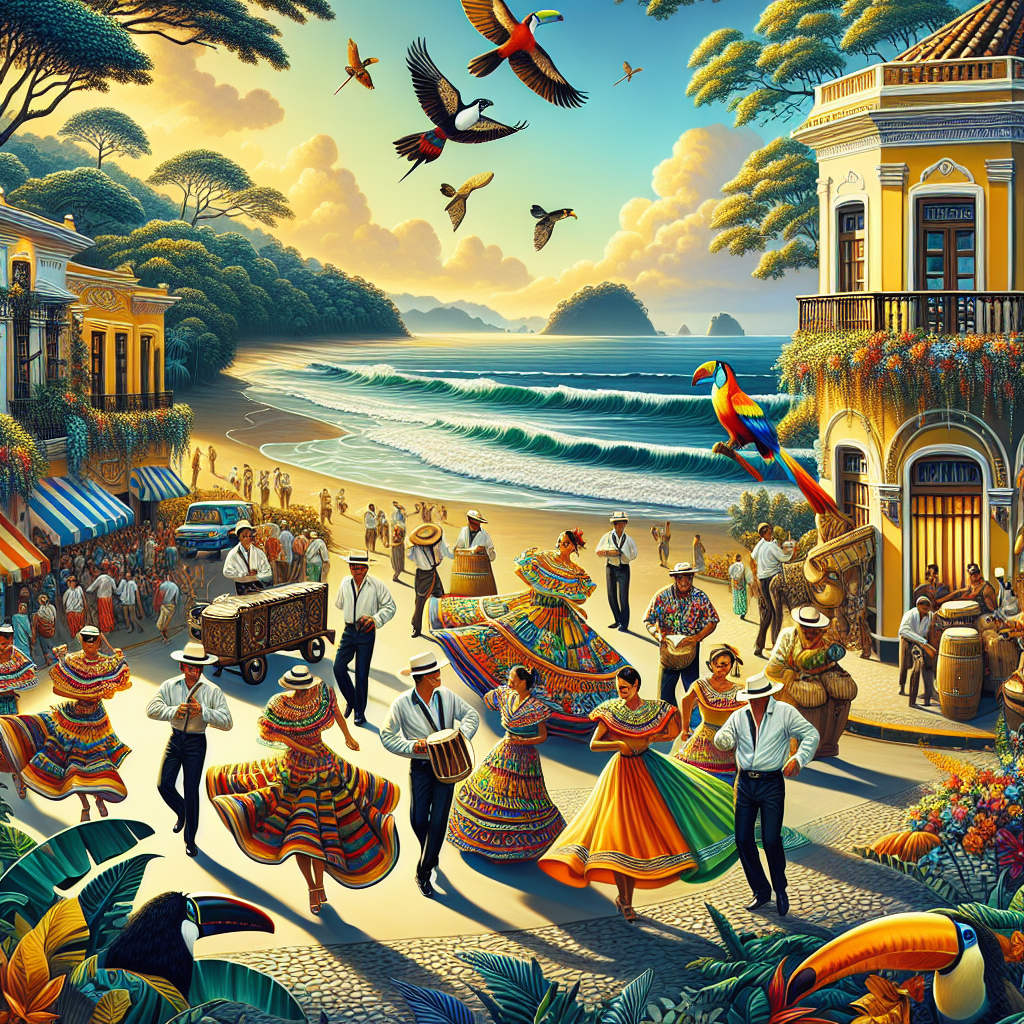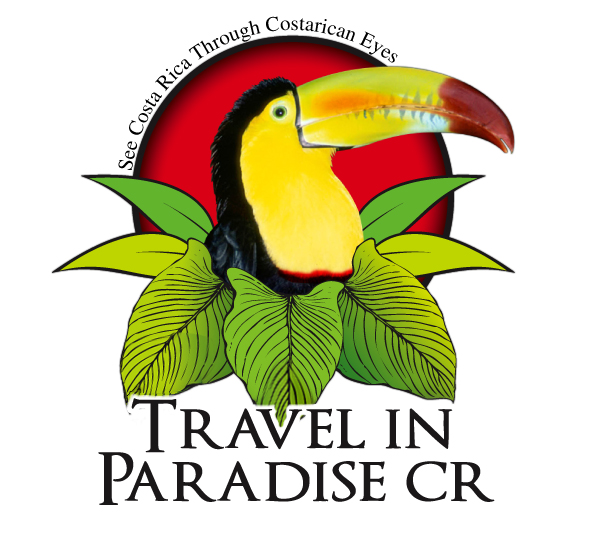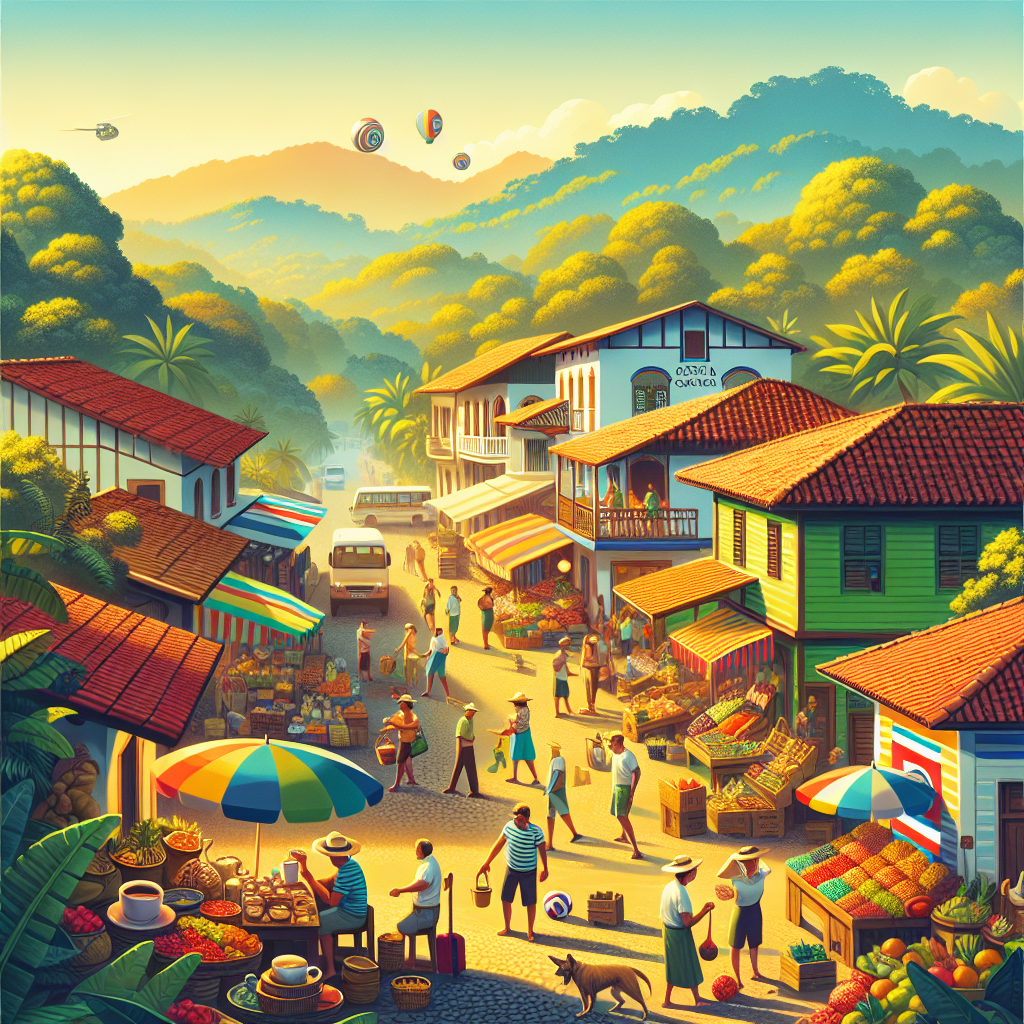Exploring Costa Rica’s Tico Culture: What to Know
Hola, wanderlust enthusiasts! 🌎 Have you ever wondered what makes Costa Rica such a fascinating destination, beyond its stunning beaches and lush rainforests? It’s the vibrant Tico culture! Whether you’re planning a visit or simply curious about this Central American gem, let’s dive into the heart of Costa Rica’s cultural tapestry. 🇨🇷
Table of Contents
6. Conclusion
7. FAQs
What is Tico Culture?
First things first, who are the Ticos? 🤔 Ticos is a colloquial term used for Costa Ricans. This nickname is derived from their tendency to add the diminutive “-ico” to words. Tico culture is a unique blend of indigenous, Spanish, and Afro-Caribbean influences, resulting in a rich and diverse social fabric.
Language and Communication
The official language of Costa Rica is Spanish, but don’t worry if you’re not fluent! Ticos are known for their friendliness and will often meet you halfway with some English. 💬 A smile and a genuine attempt at “Hola” or “Gracias” can go a long way. Additionally, understanding common phrases like “Pura Vida” (more on that next) will help you blend in.
The Pura Vida Spirit
If there’s one phrase that encapsulates the essence of Costa Rica, it’s “Pura Vida”. 🇨🇷✨ Literally translating to “pure life”, this phrase is a greeting, a farewell, an expression of happiness, and a way of life. It reflects the Tico’s laid-back attitude, appreciation for life’s simple pleasures, and focus on well-being.
Culinary Delights
Prepare your taste buds for an adventure! From the national dish “Gallo Pinto” 🌾—a savory mix of rice and beans—to the sweet goodness of “Tres Leches” cake 🍰, Tico cuisine is a reflection of its cultural diversity. Make sure to try local fruits like mangos and papayas when you visit a “feria” (local market). 🥭
Traditions and Festivals
Festivals in Costa Rica are vibrant and energetic, just like its people. 🎉 From the colorful celebrations of Independence Day on September 15th to the religious observances during Semana Santa (Holy Week), participating in these events offers a deeper understanding of Tico values. Don’t miss the chance to see traditional dances like the “marimba” during these festivities! 💃
Conclusion
From its language to its festivals, Tico culture is a beautiful mosaic of traditions and modernity. Whether you’re planning to visit Costa Rica or simply want to learn more about its people, embracing the “Pura Vida” spirit will enrich your experience. So, next time you find yourself in a conversation about Costa Rica, you’ll have more than just its stunning beaches to talk about! 🌊

FAQs
Q: What is the best way to greet someone in Costa Rica?
A: A simple “Hola” is perfect, but for a more local touch, try saying “Pura Vida” with a smile. 😊
Q: Are there any cultural taboos I should be aware of?
A: It’s best to avoid discussing politics or religion unless you’re very familiar with the person. Also, always ask before taking photos of locals.
Q: Is it necessary to tip in Costa Rica?
A: While a service charge is often included in restaurant bills, tipping a bit extra is appreciated for exceptional service. 💸
Q: What should I wear to fit in with the locals?
A: Costa Rica is quite casual, but neat and tidy clothes are the norm. Light clothing is ideal given the tropical climate. ☀️
Q: How can I show respect for Tico culture?
A: Being polite, showing interest in their traditions, and using basic Spanish phrases will go a long way in showing respect. 🇪🇸


Recent Comments